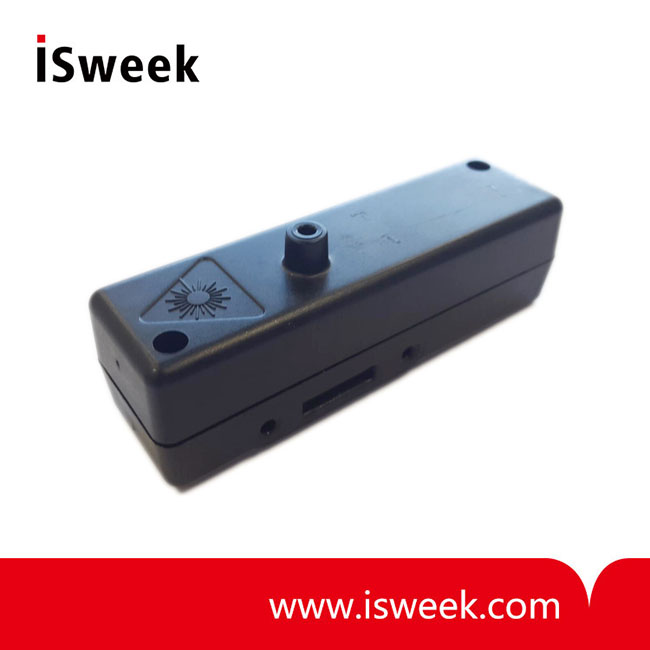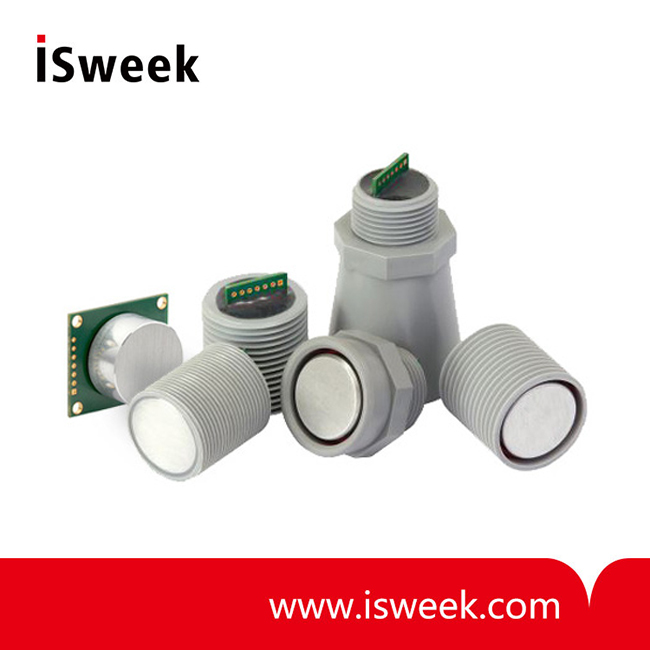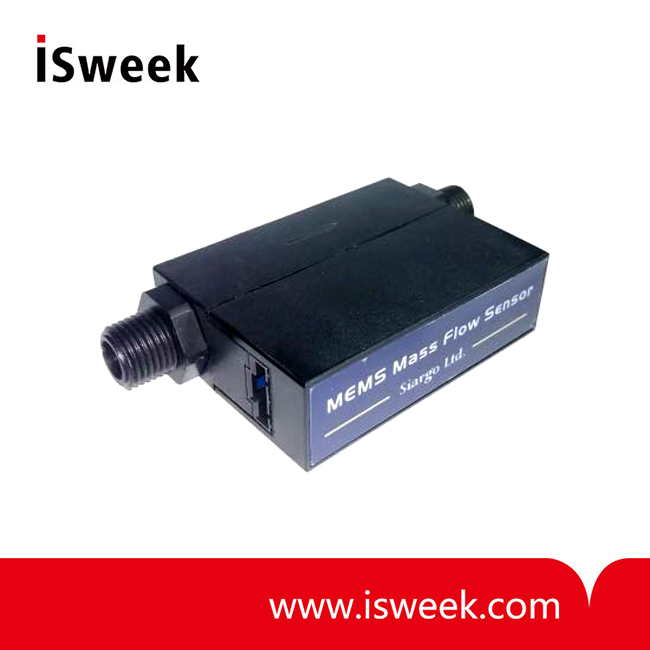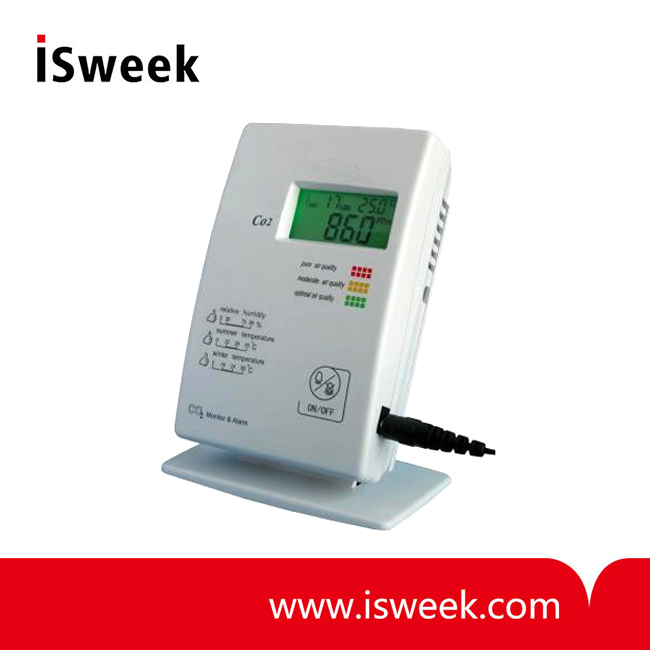A kerosene heater is a portable heating device that generates heat by burning kerosene. While in the United States, they are often used for supplemental or emergency heating during power outages, in countries like Japan, they are a primary home heating source.
These heaters typically feature metal grills to prevent burns and use blue containers for safe fuel refilling. Operating similarly to a kerosene lamp, a fabric wick draws fuel from the tank via capillary action into a combustion chamber above, where it is ignited, heating the surrounding area through radiation and convection.
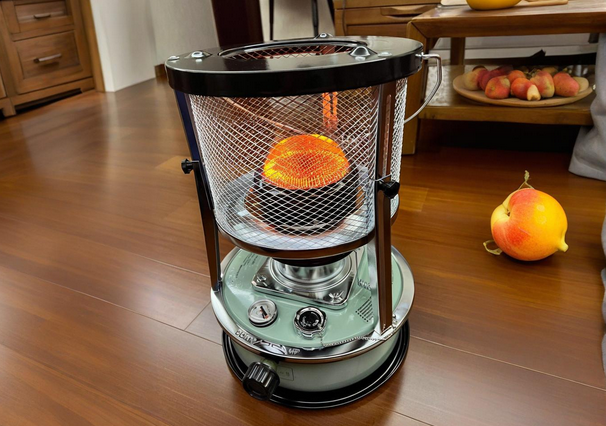
Widespread Global Use
Kerosene heaters remain a traditional and effective heating solution in many parts of the world. They are particularly prevalent in regions without centralized heating or with unstable electricity supplies, such as Japan, Korea, and parts of Europe, where households prefer them for winter warmth. Their portability and relatively low cost make them a favored tool.
Beyond residential use, these heaters are widely applied in industrial and commercial settings like construction sites, temporary facilities, and agricultural greenhouses, providing flexible and efficient heating solutions.
Key Safety Hazards and the CO Risk
The operation of a kerosene heater indoors inherently consumes oxygen and produces an open flame, leading to a significant safety concern in enclosed spaces: the potential accumulation of carbon monoxide (CO). Poor ventilation can lead to CO poisoning. It is critical to understand that kerosene heaters should not be used in tightly sealed rooms. The combustion process always produces some level of CO, and prolonged exposure can be harmful to humans. Furthermore, the quality of kerosene can vary, which directly affects the concentration of CO produced, creating a substantial safety hazard.
For manufacturers, integrating a reliable CO detector is not just a necessary step to ensure user safety; it is also a key strategy to build consumer trust and gain a competitive edge in the market.
Understanding Carbon Monoxide and the Sensor Solution
Carbon monoxide is a common, harmful gas that is colorless, odorless, and non-irritating. When fuel burns with insufficient oxygen (incomplete combustion), it produces this toxic gas, leading to carbon monoxide poisoning. Poisoning occurs when this gas is inhaled in environments with poor ventilation, such as homes or worksites.
To solve this critical safety issue, leading manufacturers are now integrating carbon monoxide alarm sensors into their products. A top-tier solution is the AG-4-CO-M5141 CO module, which utilizes the high-quality TGS5141 electrochemical sensor from Figaro Japan. This integration allows for real-time monitoring of CO concentration, ensuring user safety.
Featured Product: AG-4-CO-M5141 CO Sensor Module
The AG-4-CO-M5141 is an embedded CO sensor module designed for accurately detecting carbon monoxide gas concentrations in various environments. It is built around Figaro’s proven TGS5141 electrochemical sensor and comes pre-calibrated for excellent stability and selectivity.
This module is engineered for easy integration and reliable performance. It features a wide detection range of 0-1000ppm with high accuracy (<±5% FS) and includes a built-in temperature sensor for data correction, minimizing environmental impact on readings. With a long operational life of 10 years and simple UART digital output, it allows manufacturers to quickly and seamlessly incorporate a robust CO detector into their kerosene heater indoor designs, enhancing product safety and consumer confidence.
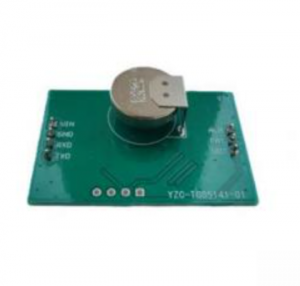
Conclusion
While kerosene heaters provide efficient and portable heat, acknowledging and mitigating the associated risks is paramount. The integration of a sophisticated CO sensor module like the AG-4-CO-M5141 represents the modern standard for safety, transforming a traditional heating device into a smarter, safer appliance for users worldwide.



